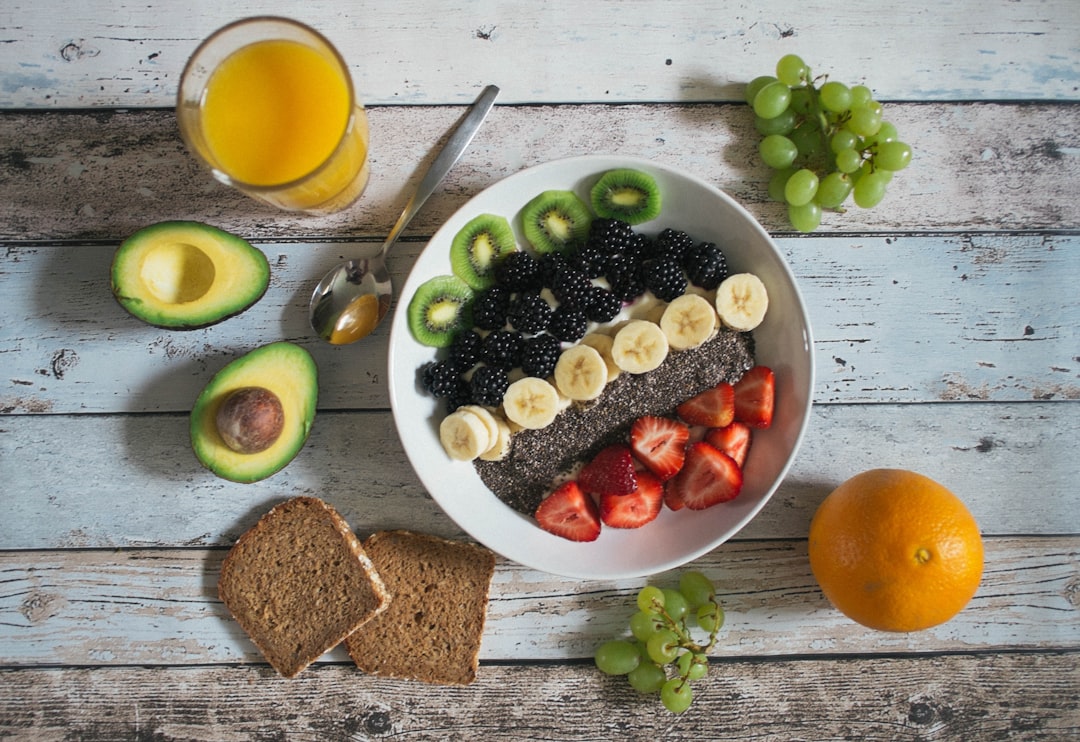Tips to Dining Out If You Are Gluten Intolerant
One of the biggest problems that gluten sensitive people have is being able to eat outside. This problem affects their social life and they may prefer to avoid social gatherings just so that they don’t seem to be a party pooper. The idea of inconveniencing others just because they are gluten intolerant seems selfish.
Over time, this will take a toll on them mentally and they may become depressed that life has handed them a bad hand, which undoubtedly it has. Nevertheless, this is a problem that can be dealt with relatively easily.

Firstly, the gluten intolerant person needs to find a few good restaurants where the service staff will be amiable to the customer’s requests. Most good restaurants will do their best to please the customer. If you’re gluten sensitive, you must be unequivocal and tell the restaurant about your diet.
It may seem like you’re very demanding. This is not the case. You’re not a pompous ass blowing hot air and making ridiculous demands just to feel self-important. You actually have a health issue that needs a special diet. Do explain this to the waiter or whoever takes your order.
It is always best to scout a few restaurants in your area beforehand and see if they will be able to whip up a gluten-free meal for you. In this way, you will be prepared and so will the restaurant. You should also inform them beforehand if you plan on having a meal there so that they are ready.
You may also Google online for celiac friendly restaurants that are in your area. If there are, well you’re pretty much set. You can go there with your buddies and while they eat gluten foods, you’ll have gluten-free dishes to choose from too. Everybody goes home happy.
It is worth noting that you should always inform the wait staff about the possibilities of cross-contamination. This will reduce any chances of it occurring.
If you’re suddenly caught in a situation where your family or friends suddenly decide to go for a meal at a restaurant that you’re not familiar with, don’t panic.
The same rules apply. Choose a dish that is mostly made up of natural ingredients such as meat, seafood, poultry, fresh vegetables, etc. You can make a special request to season your food naturally using olive or coconut oil, spices, etc. They should leave out the artificial seasonings and sauces.
If they can make you a tasty dish without any artificial flavoring, you will surely be able to have a gluten-free meal. Of course, you won’t be able to eat the fried chicken that has been coated with bread crumbs, but you won’t be sitting there starving either.
Focus on what you can eat instead of what you can’t.
At the end of the day, it’s all about your mindset. There is no doubt that being gluten intolerant is a pain in the neck but are you going to let it dictate your level of happiness?
Of course not. There are thousands of people who lead gluten-free lives and are perfectly happy. Take the inconveniences and little sorrows in your stride. You are bigger than any negative consequence that gluten can cause you.










